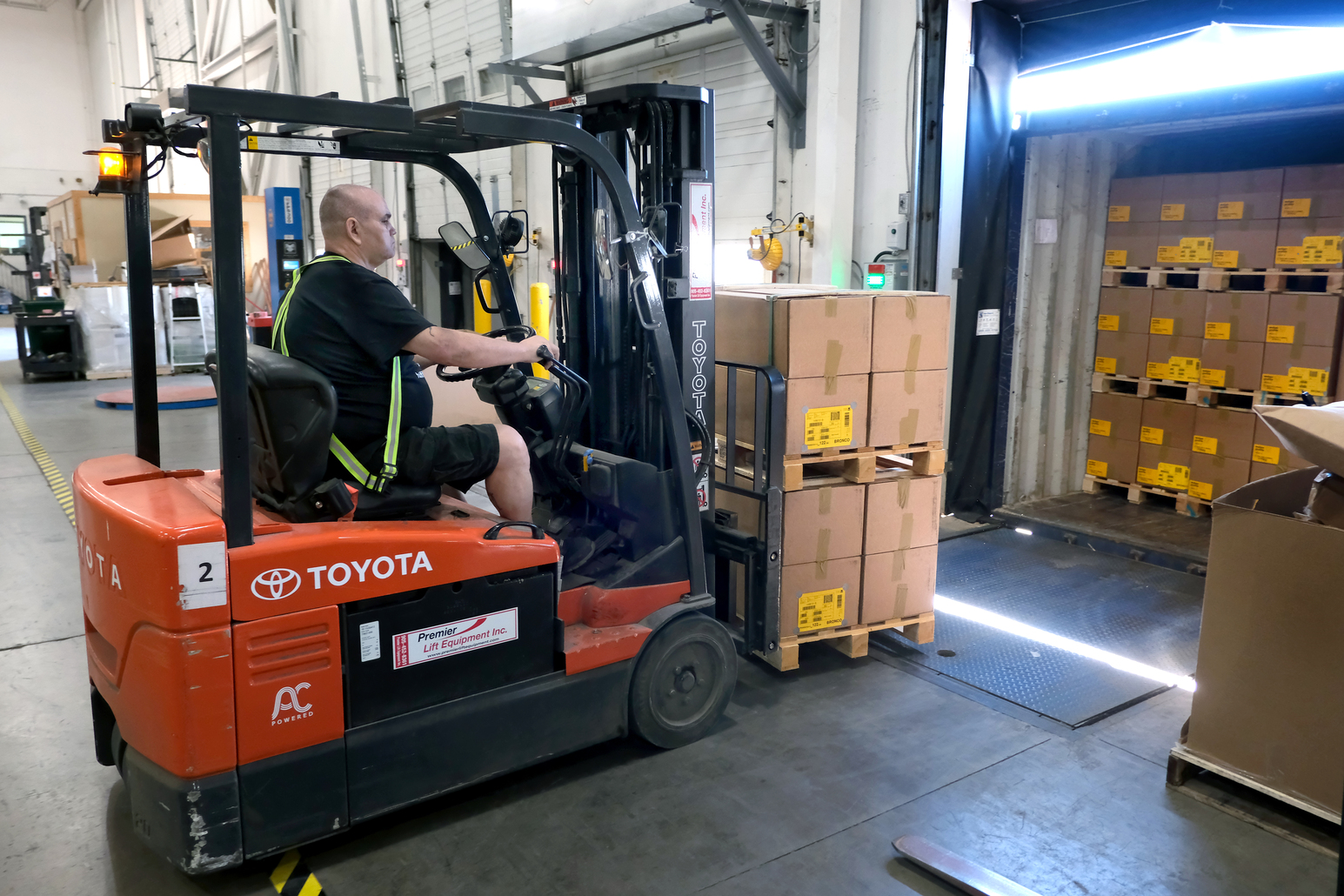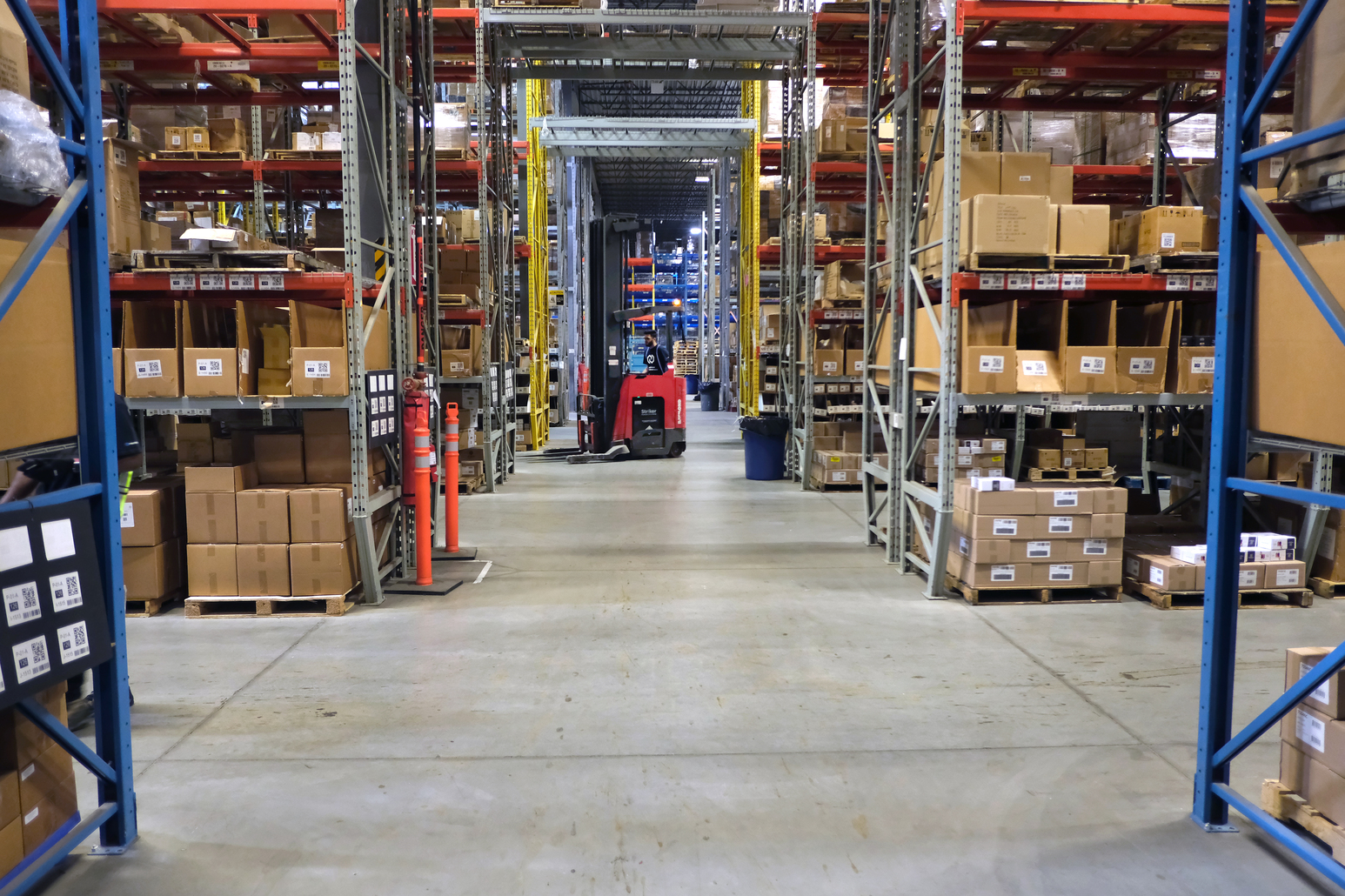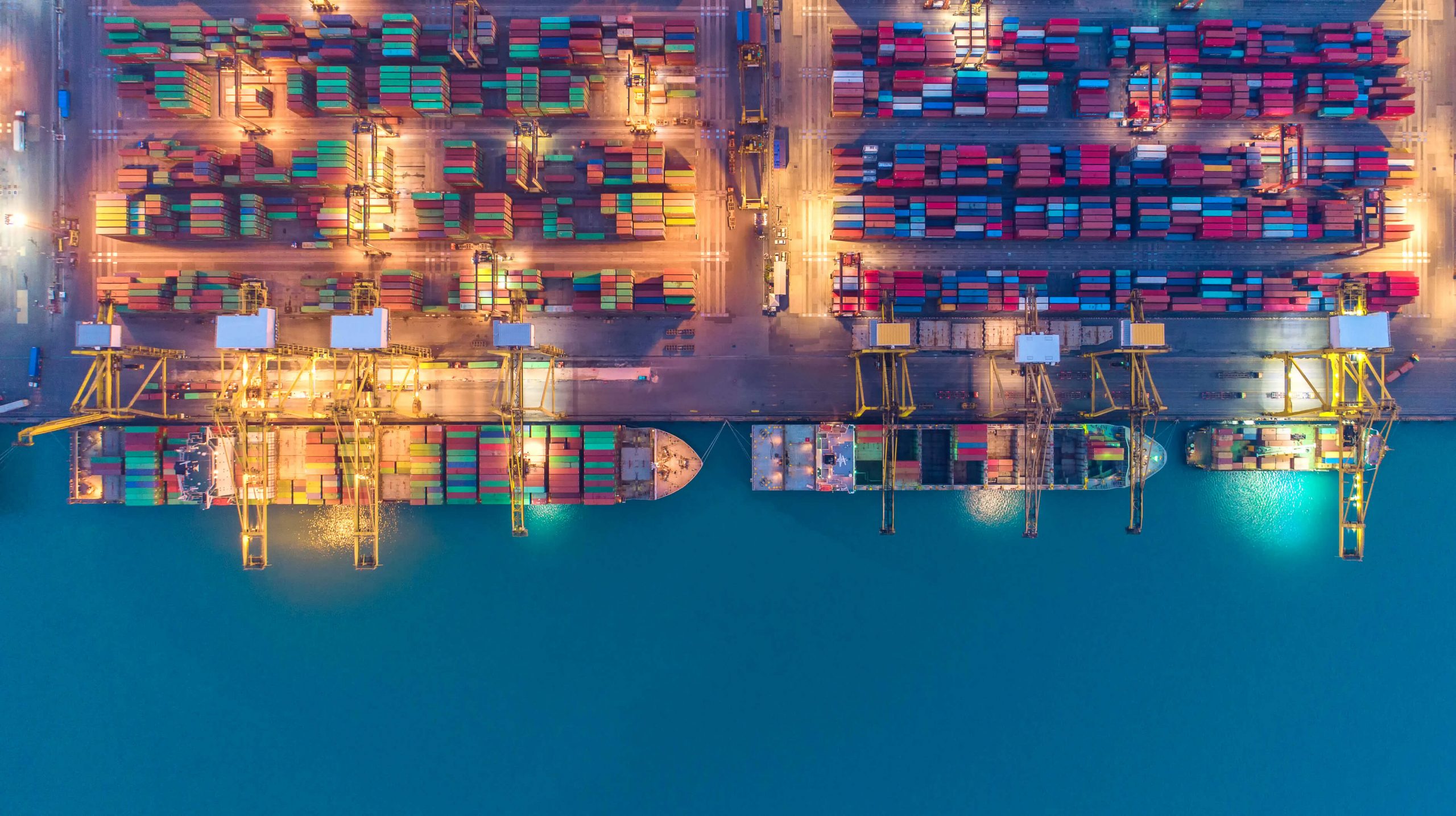Since the advent of containerization in the 1950s, shippers have several options when choosing the correct container size for FCL and LCL ocean shipments. Incredibly, more than 90 per cent of the world’s ocean cargo has been shipped in containers since 2001.
As all containers have limited weight and cube capacity, it is important to know the weight and cube factor before selecting the right equipment. The table below shows the approximate container dimensions and weight capacities.

Note that the cubic measurements are based on exterior dimensions. The weight capacity is also approximate and varies from country to country because of highway and port limitations. If the gross container weight exceeds the recommended limit, acceptance is at the discretion of the steamship line and will likely carry an ‘overweight’ surcharge.
In addition to overweight surcharges there are many other surcharges that carriers charge – find out more here on a few of the main ones: Low Sulfur Surcharge, Fuel Surcharges
Full Container Loads
Once the shipper calculates the total weight and dimensions of the consignment, it is time to determine which container to use. Keep in mind that no single dimension can exceed the interior dimensions, nor can the total weight exceed the weight capacity.
A shipment weighing 18 metric tonnes with a measurement of 20 cbm would be best suited for a 20’ container. The same shipment of 18 metric tonnes that measures at 45 cbm would be better in a 40’ container.
Keep in mind though, that a shipment with a low weight and high measurement ratio may be shipped more economically. For instance, if your shipment weighs 5 metric tonnes but has a measurement of 22 cbm, you likely be able to negotiate a better LCL rate than by shipping exclusively in a 20’ container.
There are other specialized containers such as flat-racks and open tops that are designed to carry over-dimensional cargo.
Less than Container Load
Smaller shipments such as 1000 kgs with a 5 cbm factor are more economical to ship with an LCL consolidator. Multiple shipments are combined and loaded into an FCL; usually a 40’ container. Each shipper in the container pays a portion of the FCL cost through the ocean freight consolidator.
LCL vs. FCL
Often times there is no choice as to the type of container equipment best suited to move the shipment. If there is a marginal savings to ship by LCL, one might consider shipping by FCL even though it is slightly more expensive.
The deciding factor for choosing the FCL would be the frequency of shipment handling as opposed to LCL. Generally, an FCL is positioned at the shipper’s door for loading. Once the loading is complete, a seal is affixed that will remain intact until the container arrives at the consignee’s door. Note – a Customs examination may require for the seal to be removed and replaced with an official Customs seal after inspection. Typically, the end result is that the shipment is handled only on loading and unloading, or two times.

An LCL shipment would be collected by a local pick-up company who will transport to the consolidator’s warehouse. Once the shipment is off-loaded, it is placed in the warehouse to consolidate with other shipments going to the same destination and loaded into the LCL container.
Upon arrival, the reverse is true whereby the container is transported to the de-consolidation warehouse for unloading and to await customs clearance. Once clearance is obtained and all freight monies are paid, the shipment is then loaded onto a local delivery truck to the consignee. The result is that the LCL shipment is handled at least 6 times. More handling equals increased risk of damage, loss or pilferage so the FCL may be the better choice.
Packaging
Knowing the ‘loadable’ dimensions of the container is the key to deciding on how to prepare packing for export. Palletized cargo should conform to the width of the container to ensure side-by-side loading. If the cargo is light enough to be stackable, consider the height capacity as well. Finally, keep in mind that the door opening dimensions of the width and height of the container are slightly less than the interior dimensions. It is obviously important to make sure the packed dimensions are in accordance with the door opening to ensure they fit through the door.
A Mantoria freight specialist can provide container selection and packing advice to those shippers that may be uncertain of the best logistical routing. Our many years of experience with FCL and LCL shipping are yours for the taking. Please contact us for more information.



